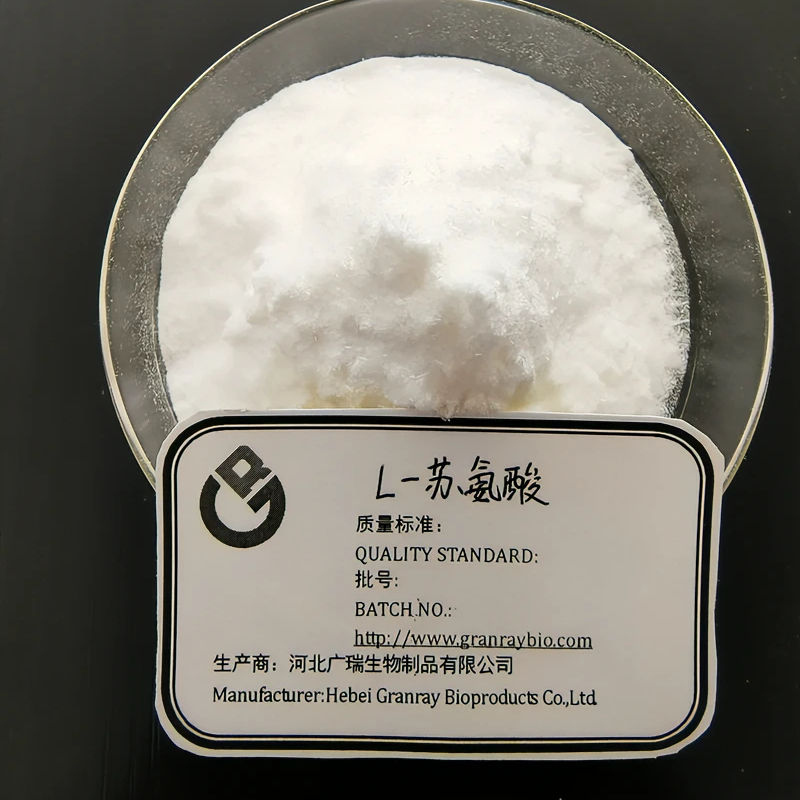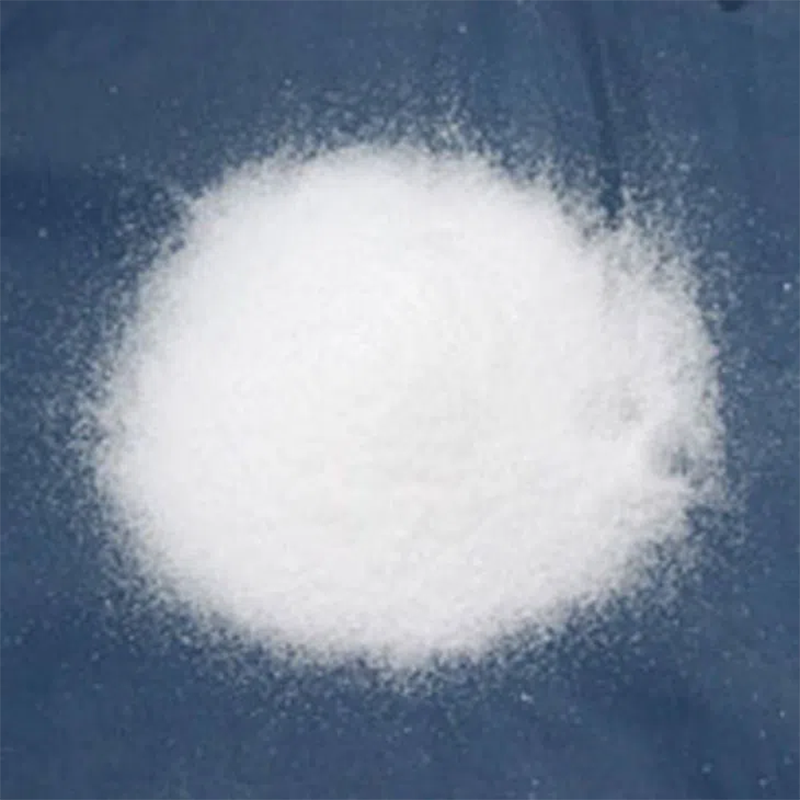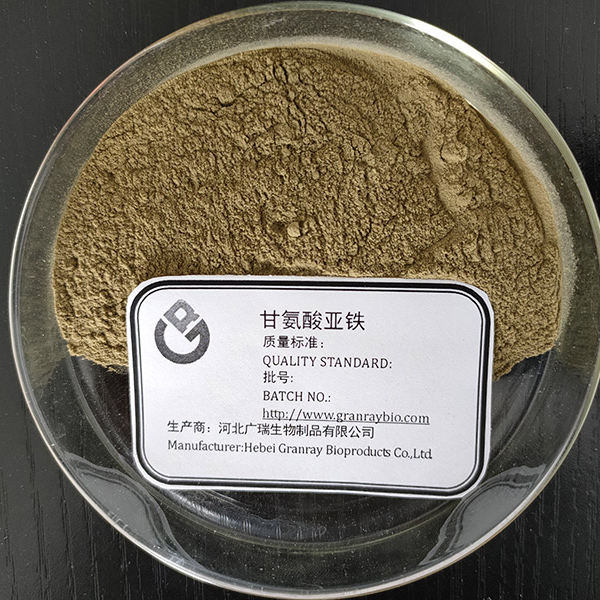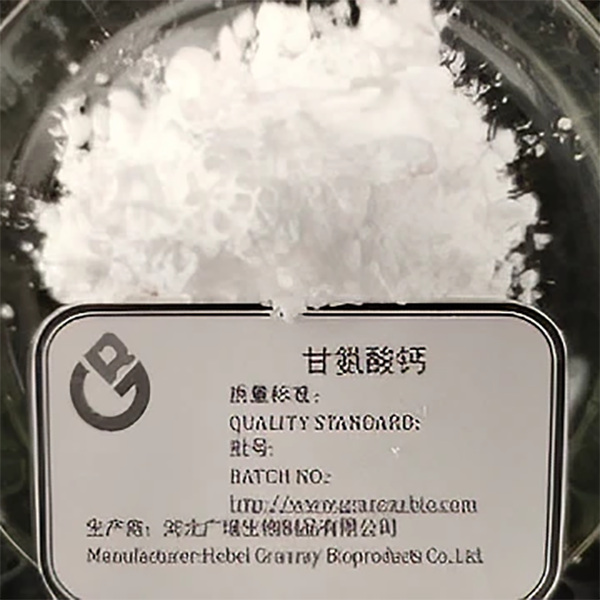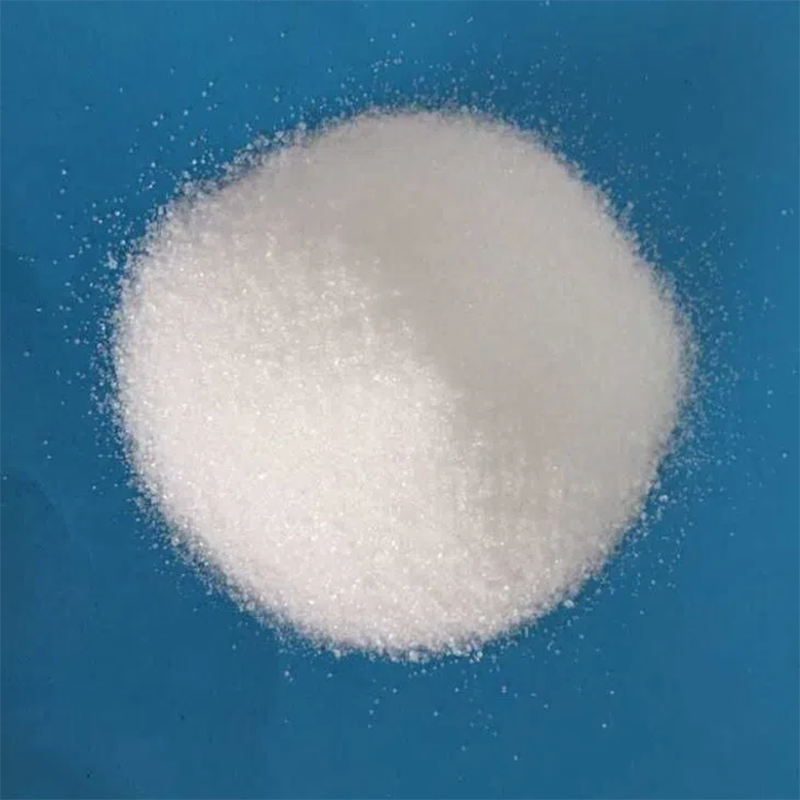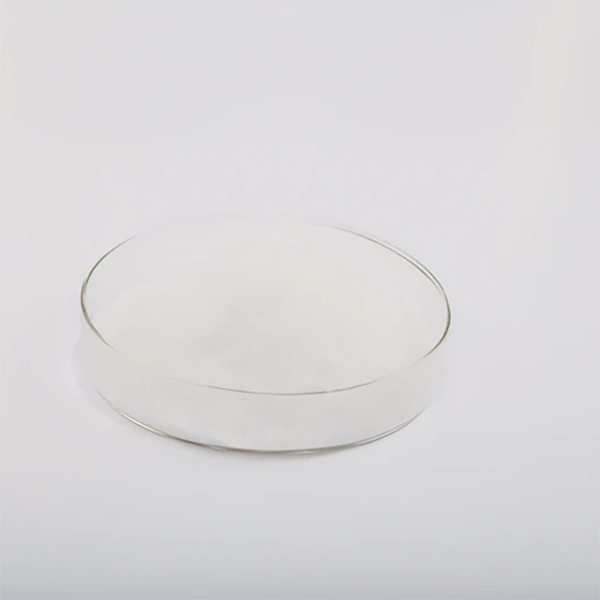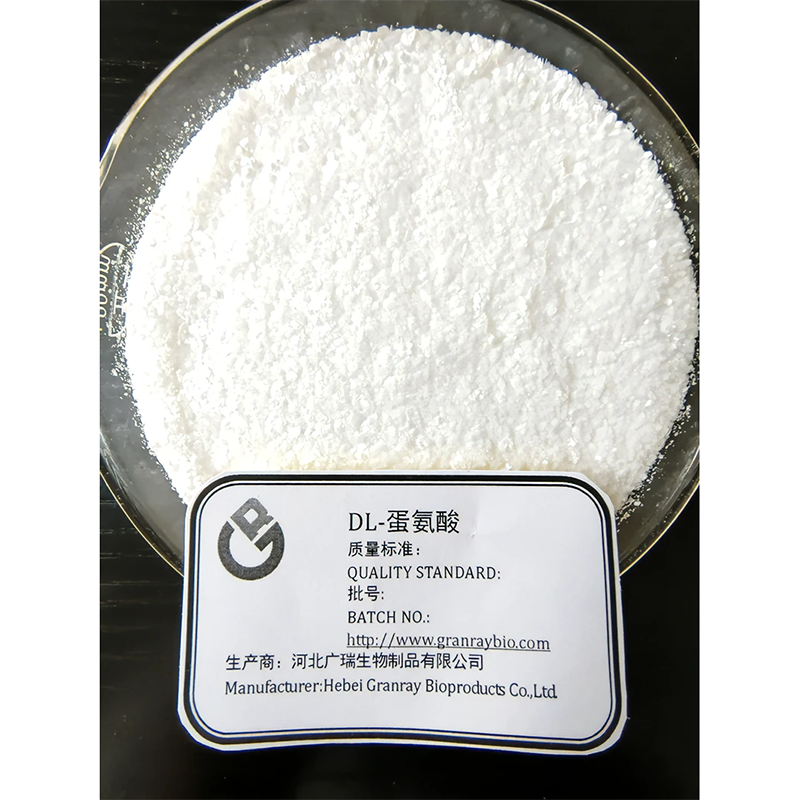An essential amino acid in human:L-threonine
Product Features
L-Threonine molecular formula: C4H9NO3 molecular weight: 119.12; CAS: 72-19-5. Melting point: 256 °C (dec.)(lit.) Specific rotation: -28.4 º (c=6, H2O) Boiling point: 222.38°C (rough estimate) Density: 1.3126 (rough estimate)
White rhombic or crystalline powder. Odorless and slightly sweet
Application
1. Mainly used as a nutritional supplement. Co-heat with glucose is easy to produce coke and chocolate flavor, has the effect of aroma. It can also be used for biochemical research.
2. Threonine is an essential amino acid used as a nutrient fortification agent in feed. Threonine is often added to the feed of juvenile piglets and poultry as the second limiting amino acid in pig feed and the third limiting amino acid in poultry feed. Added to wheat, barley and other grains in the feed.
3. Nutritional additives, also used to prepare amino acid infusion and comprehensive amino acid preparation.
4. For the adjuvant treatment of digestive ulcer. It can also treat anemia, angina pectoris, aortitis, heart dysfunction and other cardiovascular diseases.
5. Threonine (L-threonine) was isolated and identified by W. C. Rose from the hydrolysates of fibrin in 1935. It has been shown to be the last essential amino acid to be discovered. It is the second or third limiting amino acid of livestock and poultry, and it has extremely important physiological functions in animals. Such as promoting growth, improving immune function, etc. Dietary amino acids are balanced so that the amino acid ratio is closer to the ideal protein, thus reducing the protein content requirements of livestock and poultry feed. Lack of threonine can lead to decreased feed intake, growth retardation, decreased feed utilization and immunosuppression. In recent years, the combined product of lysine and methionine has been widely used in feed, and threonine has gradually become a limiting factor affecting the production performance of animals. Further research on threonine is helpful to effectively guide the production of livestock and poultry.
L-threonine (L-threonine) is an amino acid that cannot be synthesized by animals, but is highly needed. It can be used to accurately balance the amino acid composition of feed, meet the growth and maintenance needs of animals, improve the weight gain and lean meat rate, and reduce the feed/meat ratio. It can improve the nutritional value of feed materials with low amino acid digestibility and improve the production performance of low energy feed. It can reduce feed crude protein level, improve feed nitrogen utilization rate and reduce feed cost. It can be used for raising and breeding pigs, chickens, ducks and advanced aquatic products. L-threonine is a feed additive produced from corn starch and other raw materials through liquid deep fermentation and refining based on the principle of bioengineering. It can adjust the balance of amino acids in feed, promote growth, improve meat quality, improve the nutritional value of feed materials with low amino acid digestibility, and produce low protein feed, which is helpful to save protein resources, reduce the cost of feed materials, reduce nitrogen content in manure and urine of livestock and poultry, ammonia concentration and release speed in livestock and poultry houses. It is widely used to add piglet feed, breeding pig feed, broiler feed, prawn feed and eel feed.
6. Threonine (L-threonine) is the only amino acid that does not undergo deamination and transamination in the catabolism of the body, but is directly catalyzed into other substances by threonine dehydrase, threonine dehydrogenase and threonine aldenase. For example, threonine can be converted into butyryl coenzyme A, succinyl coenzyme A, serine, glycine, etc. In addition, excessive threonine can improve the activity of lysine-α-ketogluconate reductase, and the decrease of body weight due to excessive lysine can be eliminated by adding appropriate threonine to the diet, and the decrease of protein/deoxyribonucleic acid (DNA) and RNA /DNA ratios in liver and muscle tissue. The addition of threonine also mitigated the growth inhibition caused by excessive tryptophan or methionine. It was reported that the majority of the absorption of threonine in chickens was in the duodenum, and the grapled and glandular stomach immediately converted the absorbed threonine into liver proteins that were deposited in the body.


